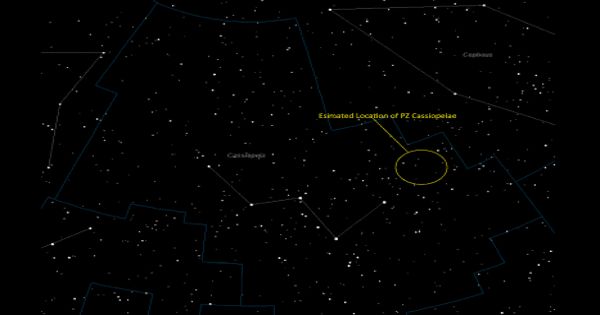Kepler 186b is a super Earth exoplanet that orbits an M-type star. It is an exoplanet 582 light-years away from Earth. Kepler-186b is in orbit around Kepler-186, a red dwarf named after the space telescope that discovered it. It has a mass of 1.24 Earths, takes 3.9 days to complete one orbit of its star, and is 0.0343 AU away from it.
Kepler-186b is the system’s innermost planet and thus unsuitable for life. It is tidally locked. Because of its proximity to the parent star, one year on the planet lasts only 3.884 days. As a result, one hemisphere experiences perpetual daylight, while the other experiences perpetual darkness. The other planets in the system are Kepler-186c, d, e, and f, of which only Kepler-186f is habitable.
The Kepler spacecraft discovered Kepler-186 b, which was originally classified as a planet candidate. It was discovered in 2014. The planet has been validated with greater than 99 percent certainty, according to a new statistical analysis led by a team at NASA Ames Research Center. Although many of Kepler-186 b’s parameters are still unknown, the object is highly unlikely to be a false positive.

Kepler-186 b is an exoplanet that orbits the star Kepler-186, which is 579.1 light-years (177.6 pc) from our Solar System. Kepler-186 has an apparent magnitude of 12.5, and an absolute magnitude of 6.2. It is 0.5 times more massive and 0.5 times larger than our Sun. The surface temperature is 3748 degrees Celsius, and the spectral type is M1. The extrasolar planet Kepler-186 b orbits the star Kepler-186 every 3.9 days at an orbital distance of 0.03 AU in this planetary system.
Kepler-186 is a main-sequence M1 dwarf star in the constellation Cygnus, located 178.5 parsecs (582 light years) away. The star is slightly cooler than the sun and has about half the metallicity. With a mass 0.544 times that of the Sun and a density of 5.29 g/cm3, the star is a M-type red dwarf on the verge of becoming a K-type orange dwarf.
















